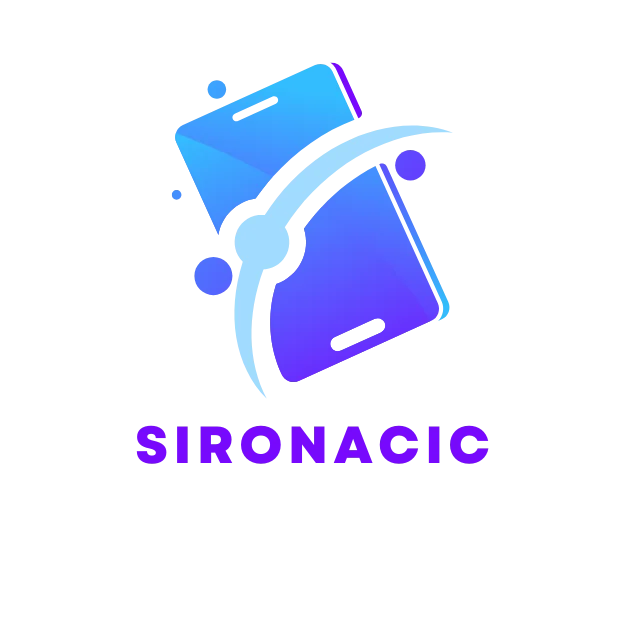In an increasingly digital world, the emergence of online platforms has transformed how information is shared and communities are built. One such platform, #RedWebZine, stands out for its unique approach to content creation and community engagement. This article explores its inception, the role of digital media within it, the variety of content it offers, notable contributors, the challenges it faces, and its future implications for online culture.
Table of Contents
ToggleThe Emergence of RedWebZine

#RedWebZine represents a new frontier in online publishing, blending digital access with the vibrant culture of webzines.
Understanding the Concept of Red Webzines
Red webzines are online publications designed to provide a platform for voices that are often overlooked by traditional media. They leverage social media and digital tools to foster communities united by shared interests and perspectives, often revolving around themes of pop culture, creativity, and activism. Unlike conventional journals, these platforms embrace a more informal structure, allowing for greater freedom in content and presentation.
Historical Context and Development
The concept of webzines began gaining traction in the mid-1990s as the internet became more accessible. Initially focused on niche topics, webzines like #RedWebZine have evolved by integrating multimedia elements such as videos, podcasts, and interactive features. Over time, the red webzine movement has garnered popularity, enabling creators to challenge mainstream narratives and build robust online communities.
The Role of Digital Media in Red Webzines
Digital media is the lifeblood of platforms like #RedWebZine, providing the tools necessary for content creation, distribution, and community engagement.
Key Features of #RedWebZine
One of the defining features of #RedWebZine is its user-generated content. Contributors bring diverse viewpoints, often using an informal and conversational style that resonates with audiences. Also, the platform prioritizes accessibility, ensuring that content is easy to engage with and share across various social media channels. Besides, the use of tag-based categorization (like #RedWebZine) allows users to easily navigate content, enhancing the user experience.
Community Engagement and Interaction
#RedWebZine thrives on interaction. The community aspect is heavily emphasized, encouraging discussions in comment sections, social media platforms, and through collaborative projects. This interaction fosters a sense of belonging among contributors and readers alike, reinforcing the idea that every voice matters in the landscape of digital discourse.
Content Variety and Distribution
The diversity of content within #RedWebZine contributes significantly to its appeal, enabling it to cover a wide range of themes and topics.
Exploring Themes and Topics Covered
#RedWebZine delves into various subjects, including but not limited to art, music, lifestyle, social justice, and technology. This eclectic mix invites contributions from a diverse array of writers, artists, and commentators, enhancing the richness of the discussion. Besides, the platform often showcases experimental pieces that push the boundaries of conventional formats, inviting readers to engage with content in novel ways.
Notable Contributors and Influencers
Several contributors have left a memorable mark on #RedWebZine, shaping its identity and influencing online culture.
The Impact of #RedWebZine on Online Culture
Notable figures within #RedWebZine often come from varied backgrounds, including artists, activists, and academics. These contributors amplify underrepresented voices and encourage thoughtful discourse around critical issues. Their work not only influences readers but also inspires other creators to explore similar themes, so contributing to the evolving landscape of online culture and fostering a sense of community through shared narratives.
Challenges and Criticisms
Even though its success, #RedWebZine is not without its challenges, which merit consideration in understanding its trajectory.
Future Directions for #RedWebZine
The future of #RedWebZine will hinge on its ability to navigate criticisms, such as concerns about content moderation and the balance between free expression and community safety. Addressing these challenges will be imperative as the platform seeks to maintain its inclusive environment while ensuring quality and integrity. Looking ahead, there may be opportunities for collaboration with other platforms, expansion of multimedia content, and perhaps even partnerships with educational institutions to further enhance its impact.
Conclusion
#RedWebZine exemplifies a dynamic and responsive model of digital publishing that values diversity, community, and innovation. Its emergence marks a significant development in the way content is created and consumed online. As it continues to evolve, the potential for influencing online culture remains vast, making it a key player to watch in the digital landscape.






